source: editor:Zhang Wenni
Motion pictures are born from films, and the films left in history record the changes of the times. As the digitalization trend has swept over the movie industry, the unique information presented by film images seems to be quite meaningful.
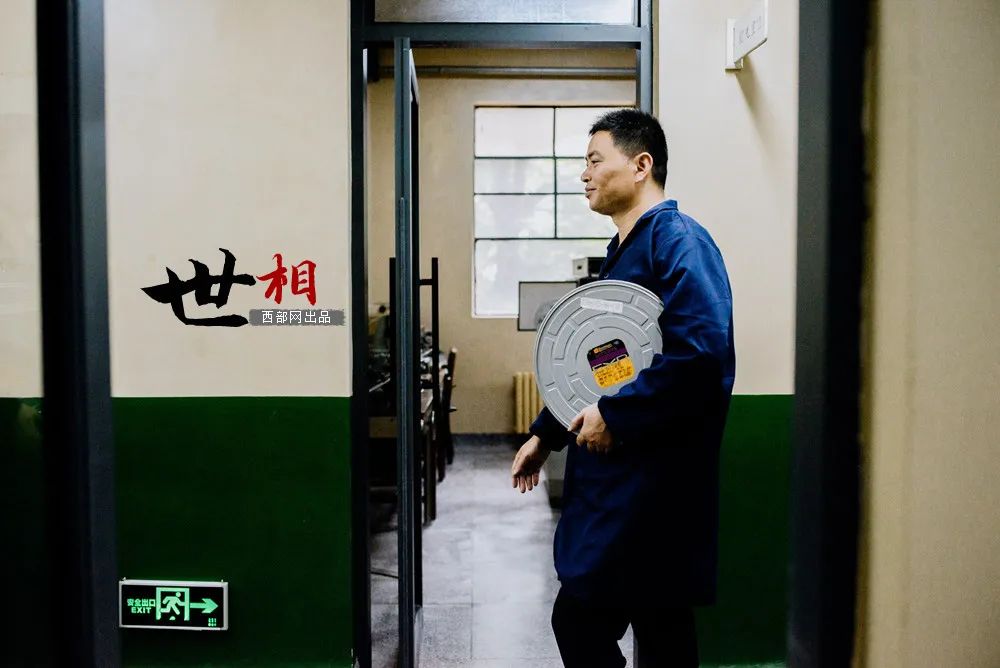
Chu Xinwei is a film restorer at the Media & Film Restoration Center of Xi'an Film Studio. In 1995, he started to work at Xi'an Film Studio, mainly responsible for film processing. In tens of years, he has witnessed the transformation from film to digitalization.

In 2007, Xi'an Film Studio established the Media & Film Restoration Center, and Chu Xinwei, who has been dealing with films for many years, transferred into a film restorer since then.
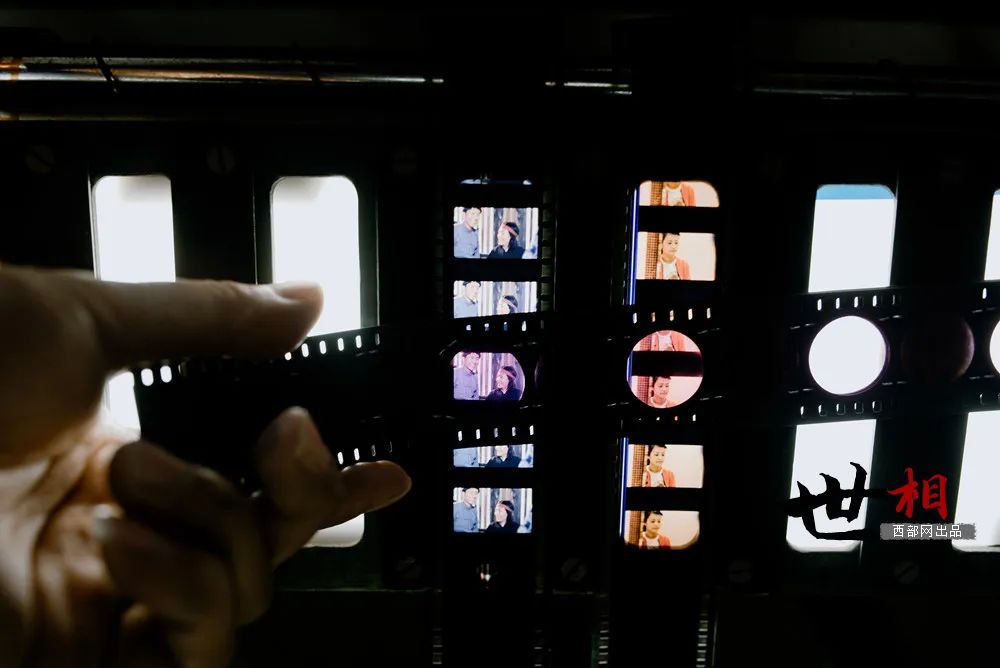
Chu Xinwei said that film can be easily damaged during storage, use and circulation, because of its physical nature, causing a series of problems such as tooth hole shrinkage, acidification, scratches, and mildew. "In fact, film is the art of regret. Even if the film is constantly repaired, it still ages slowly. We need to be faster and faster to keep a little more, a little more. ”
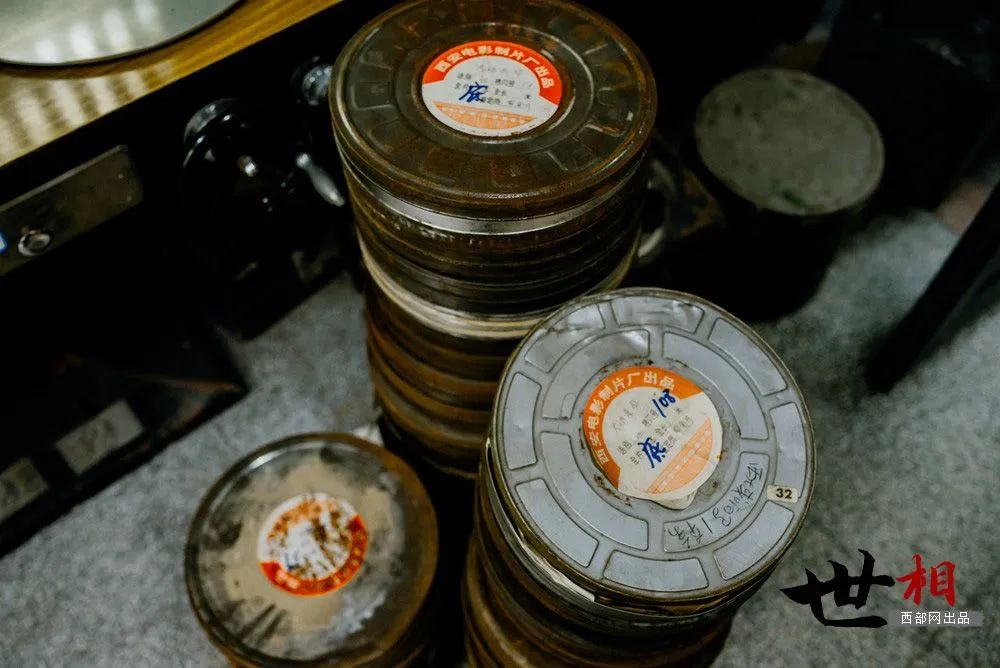
Film restoration is not an easy task, and it needs to go through various steps such as material arrangement, material cleaning, material scanning, digital intermediate film repair, color repair, audio repair, sound-picture synthesis, and film output.
"A 300-meter film can be played for only 10 minutes, and repairing this volume sometimes takes two or three weeks." Chu Xinwei said.
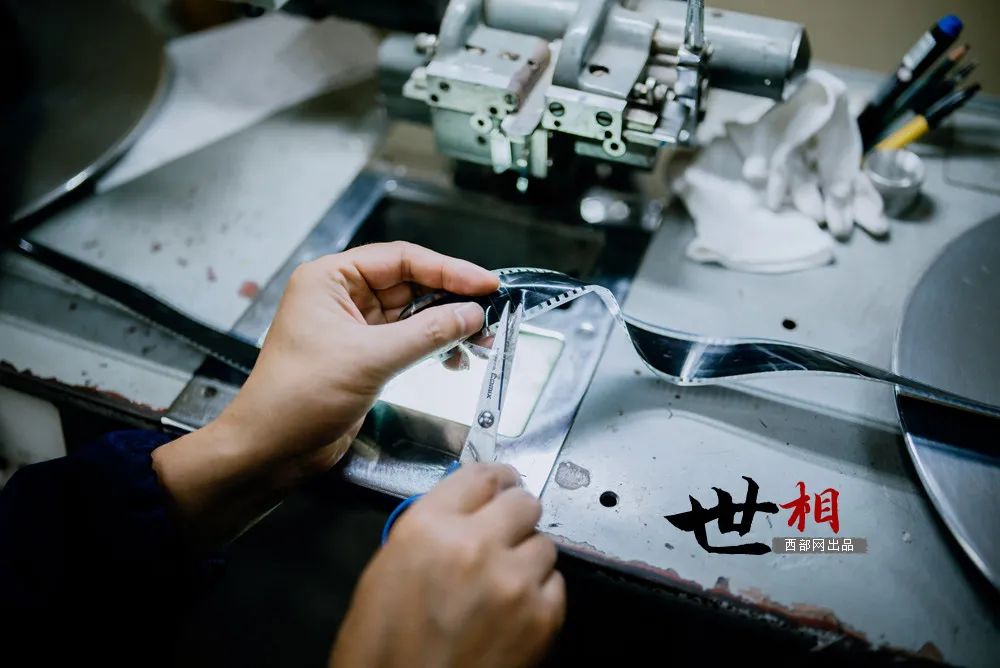
"Many film materials are unique and rare. If they are not repaired and converted into digital storage in time, the loss is incalculable, and some precious historical images and sound materials will disappear forever." Over the past 16 years, Chu Xinwei has participated in the restoration of thousands of films. Days of repeated work of touching and testing the films can be boring at some point, although he is a movie lover.
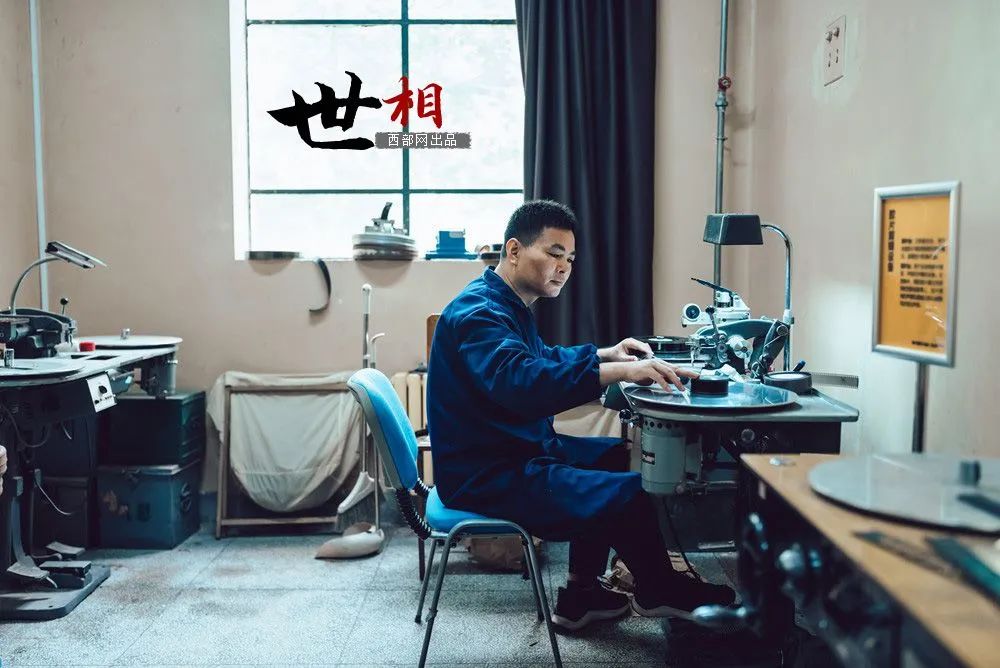
However, in the process of restoring the film, whenever Chu Xinwei saw the films that he had developed before, the feeling of transpassing time and space was incomparable.
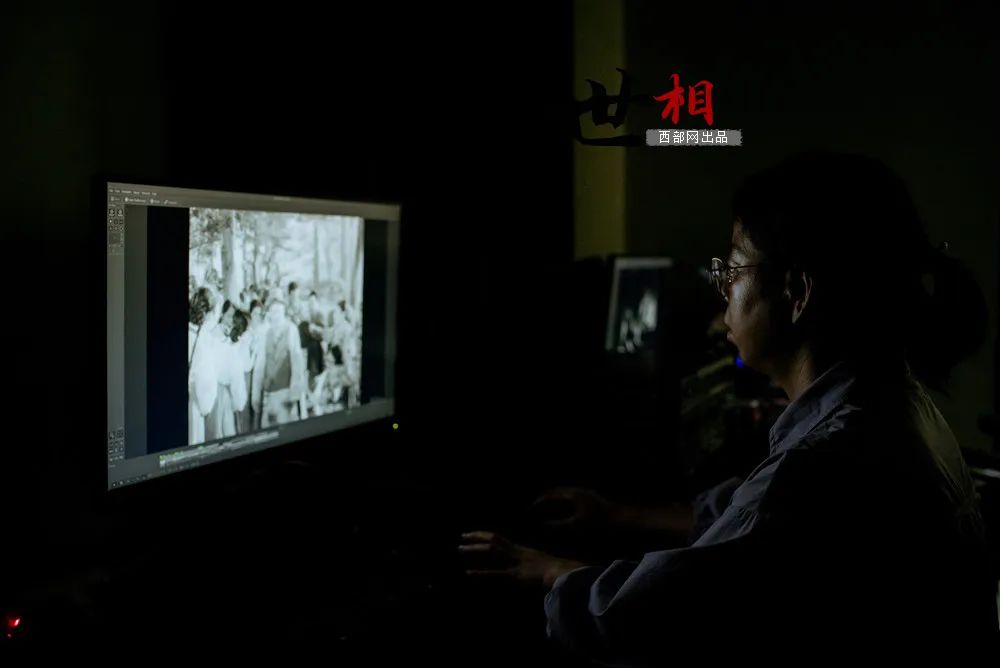
For the film that has been physically repaired, the film scanner will use a precision scanner to scan it frame by frame in high definition, turning these films into digital data. The following digital restoration is also a crucial part of film restoration.
There are 24 frames in a second of film, and a 90-minute film typically has 130,000 frames. This also means that a digital image restorer has to restore 130,000 images frame by frame. A skilled restorer can process about 5,000 frames a day, which works out to only three or four minutes of images.
In Chu Xinwei's view, films should be restored to the way it was, just like the concept of "repairing old as before" in cultural relics restoration. Some images can be perfected through new technology, but they may also lose the texture of old films. Although the era of films has passed when confronted with digitalization, the stories and legacies will be passed down from generation to generation by film restorers, projectionists and audiences